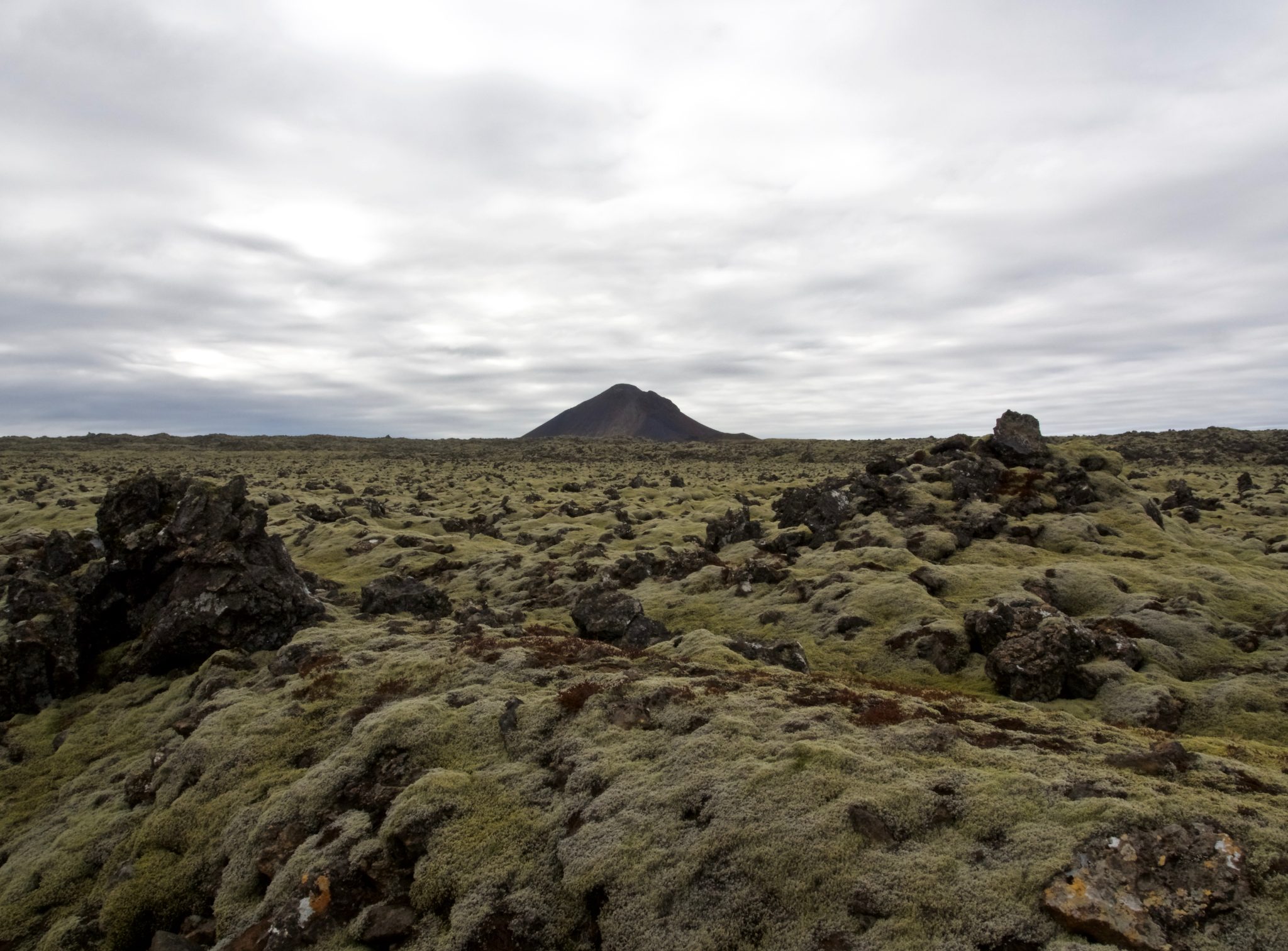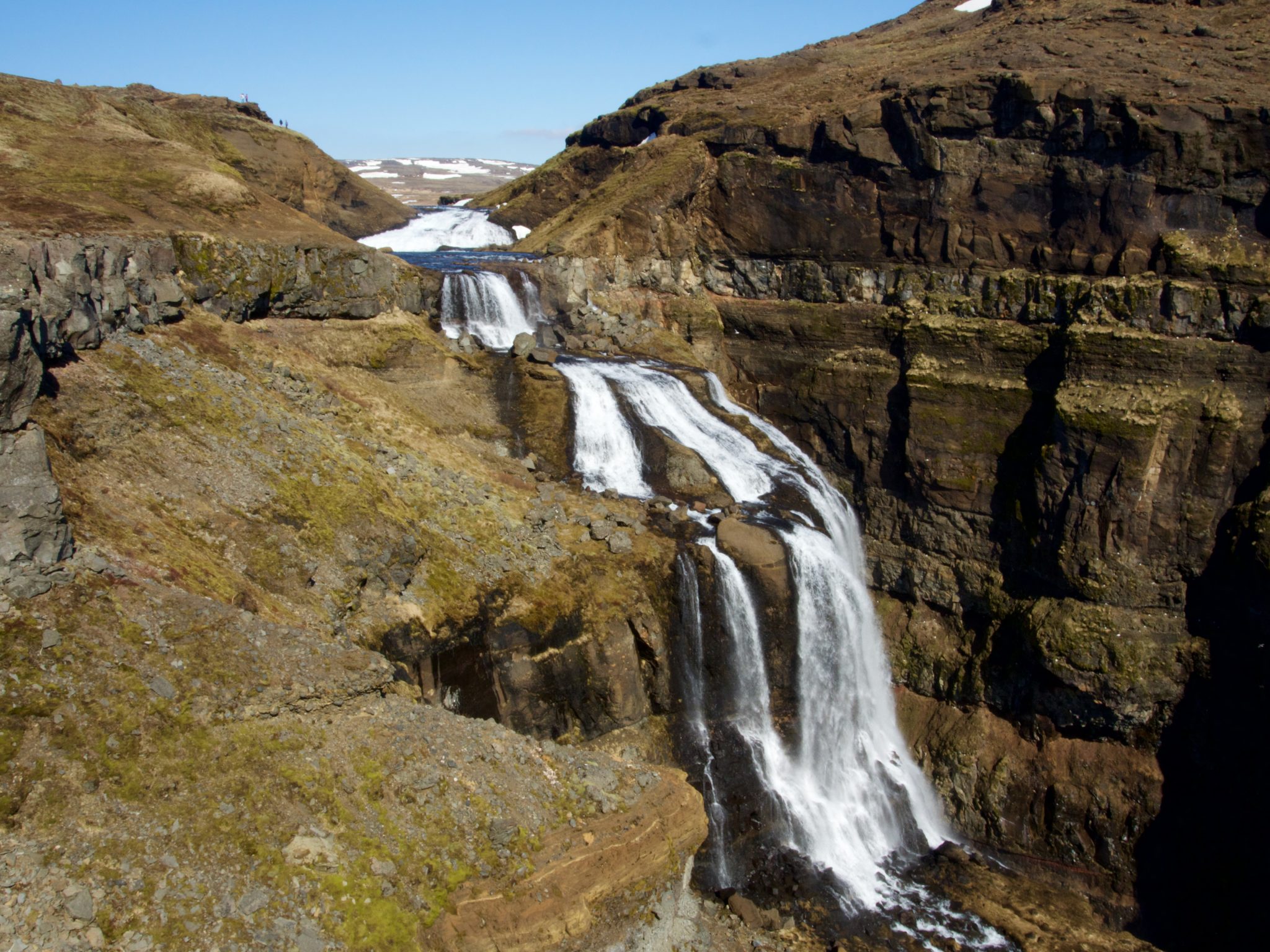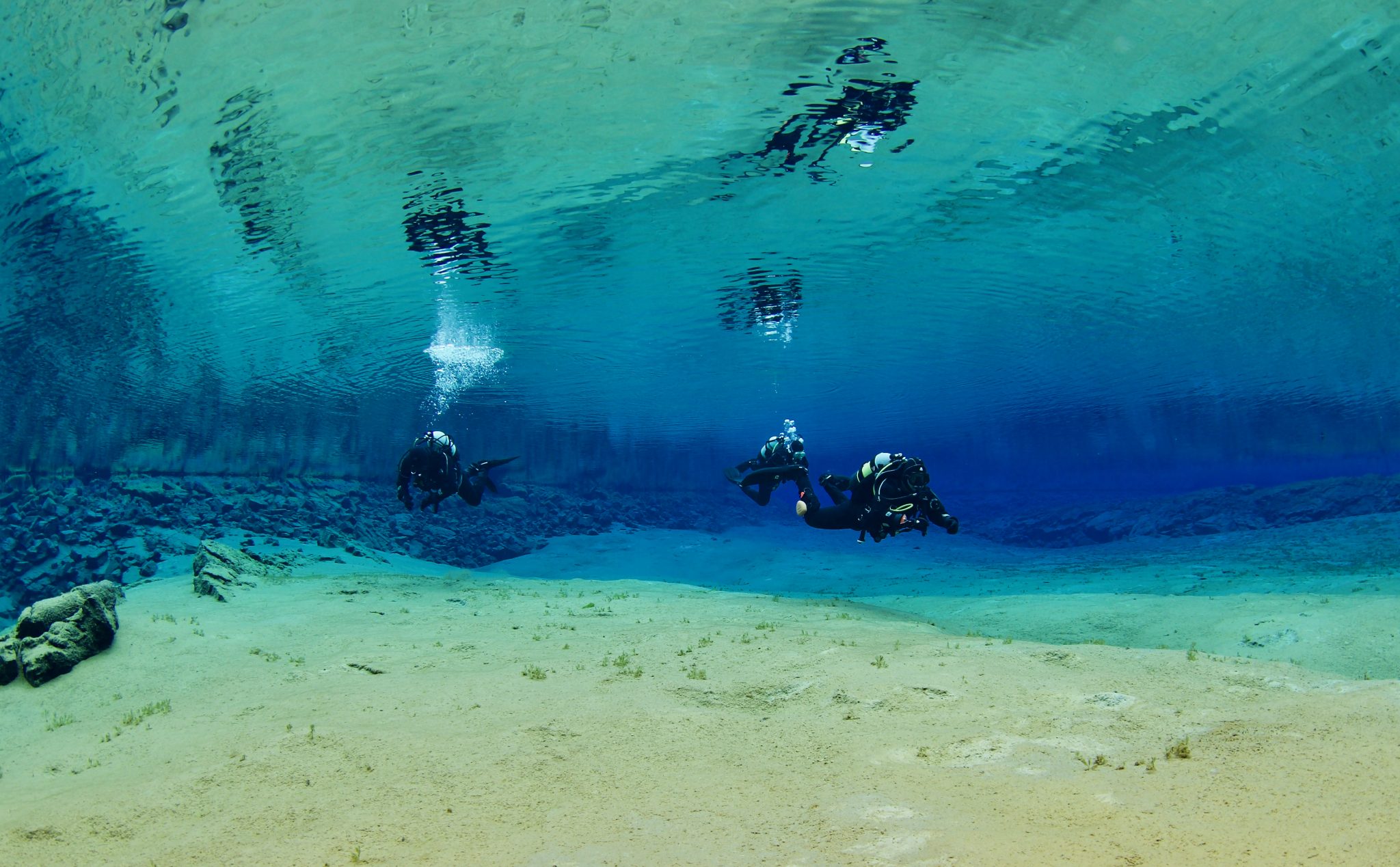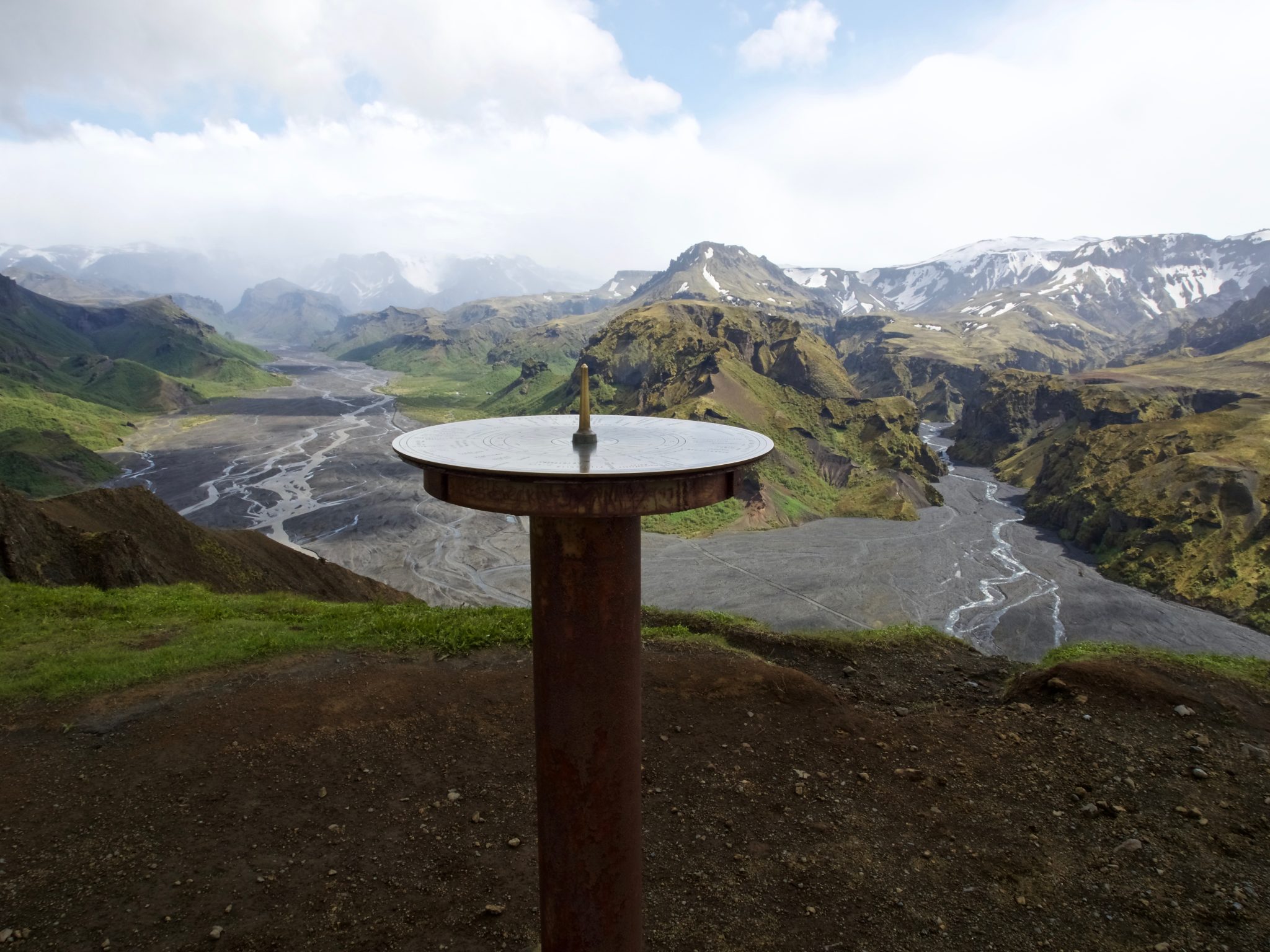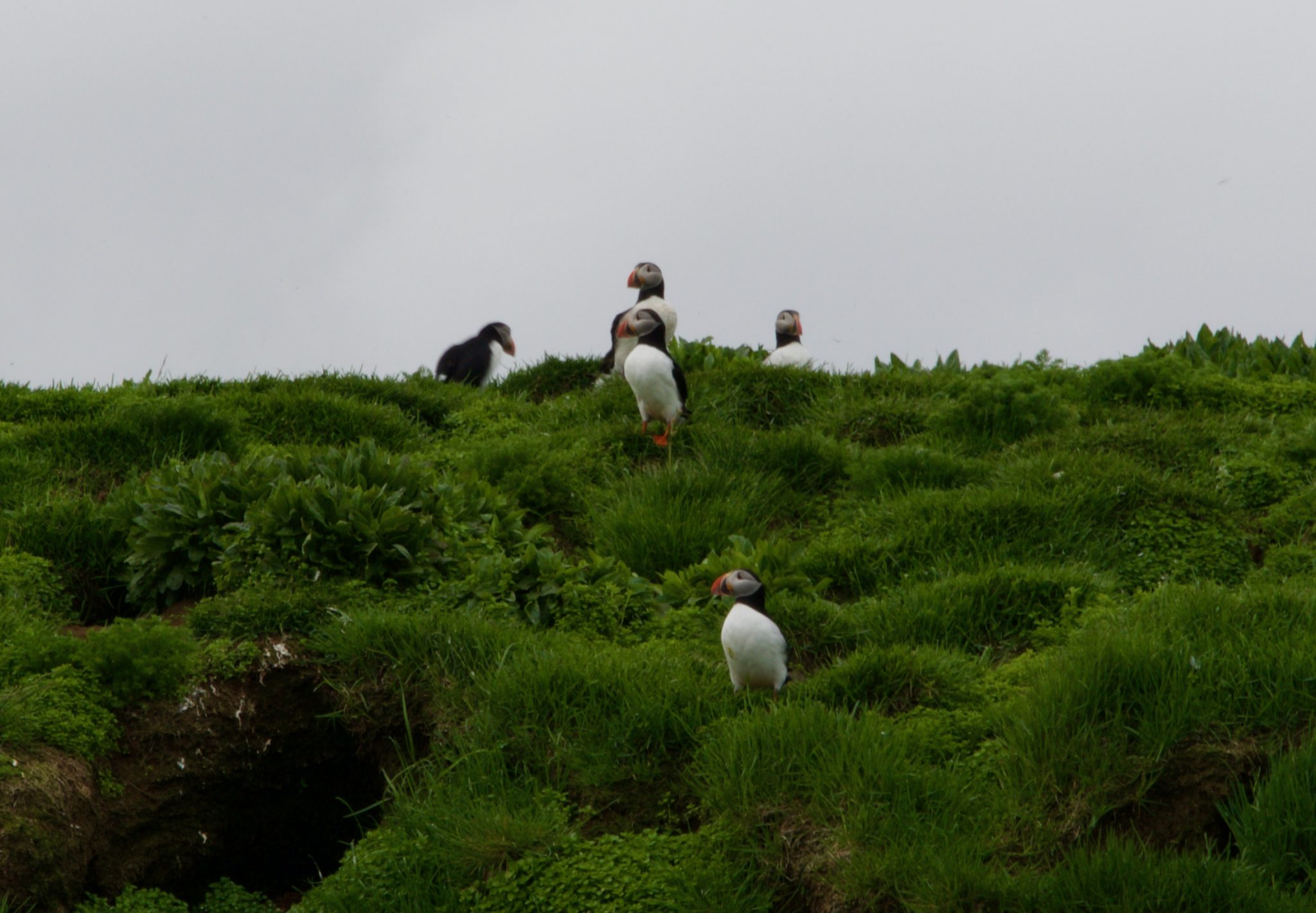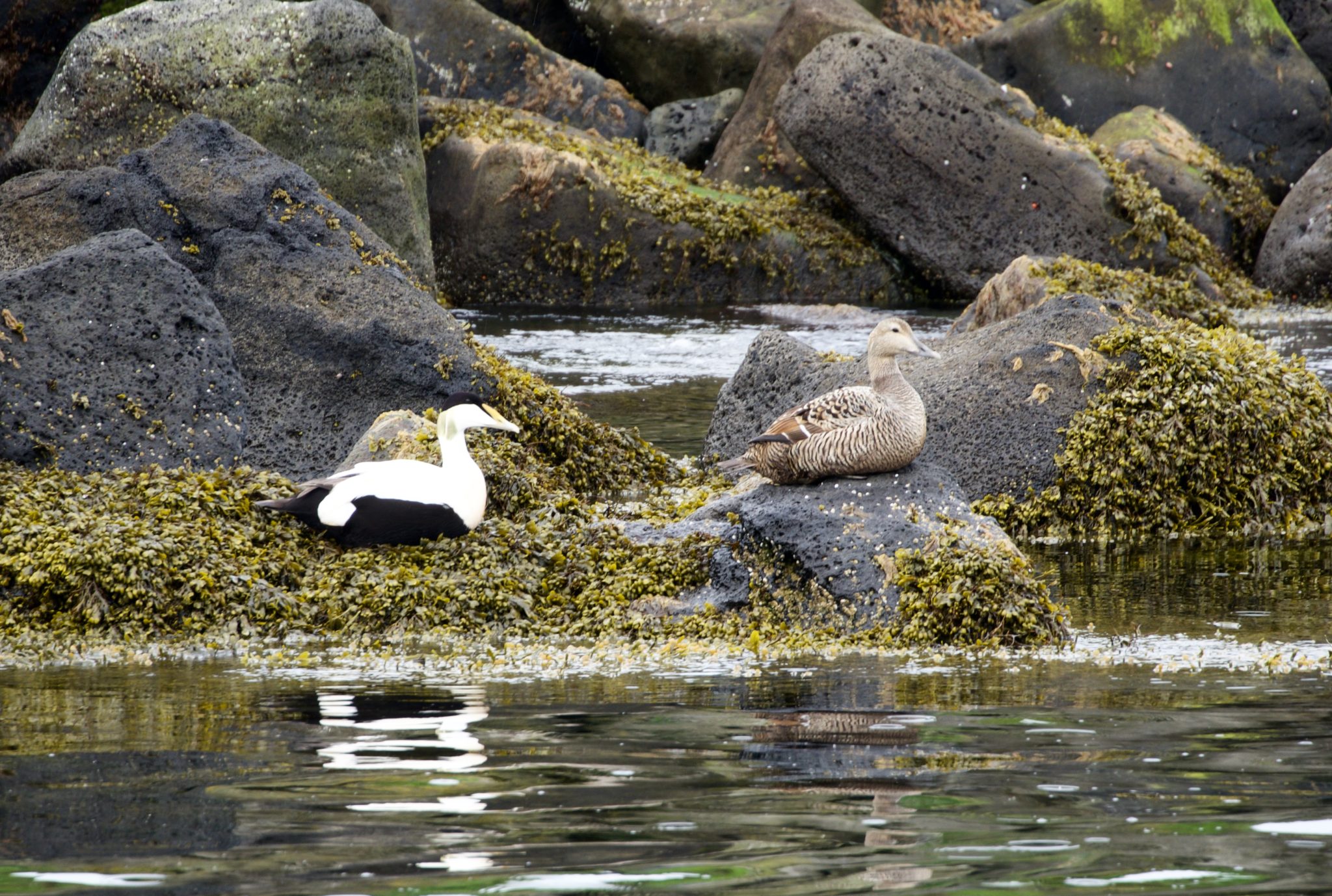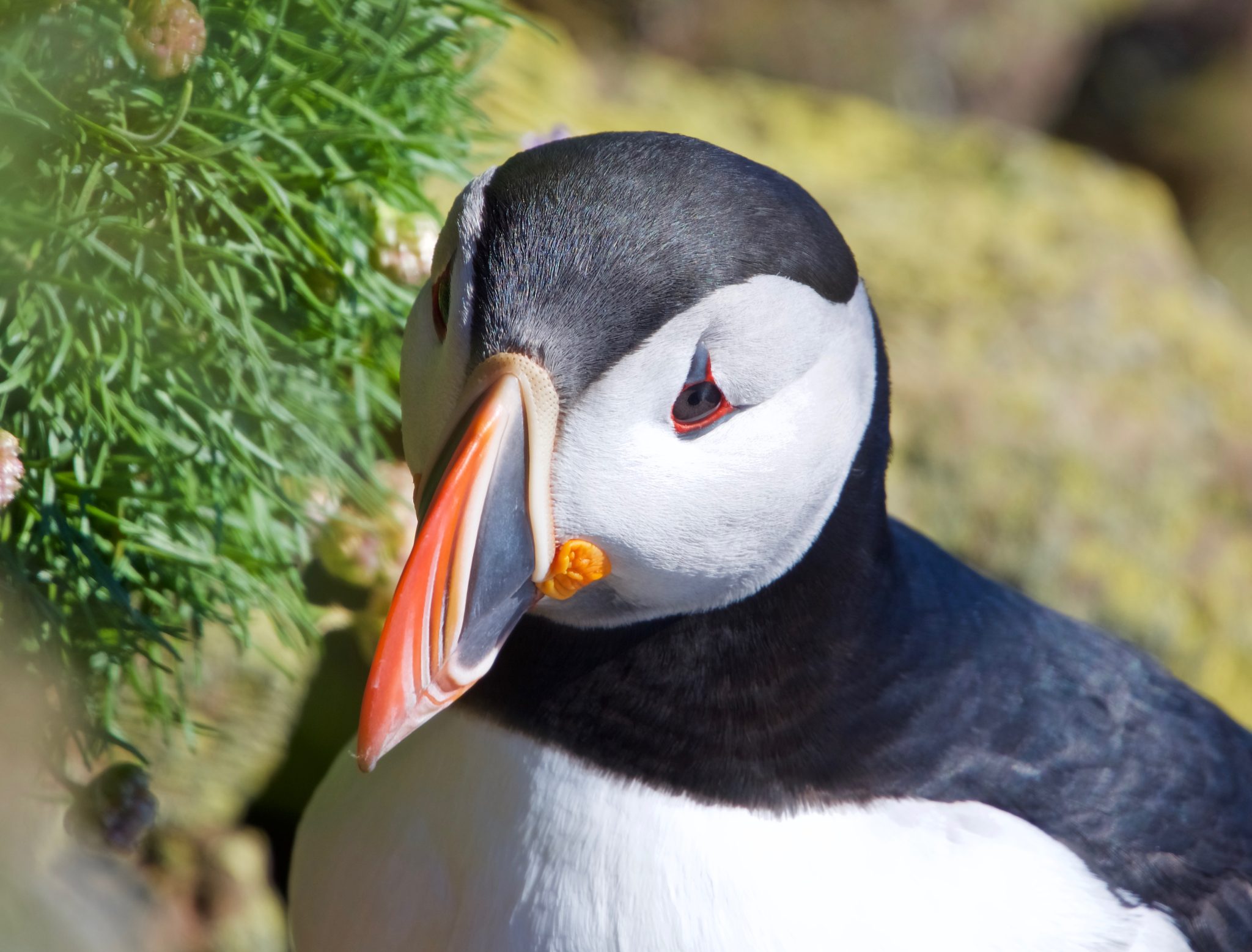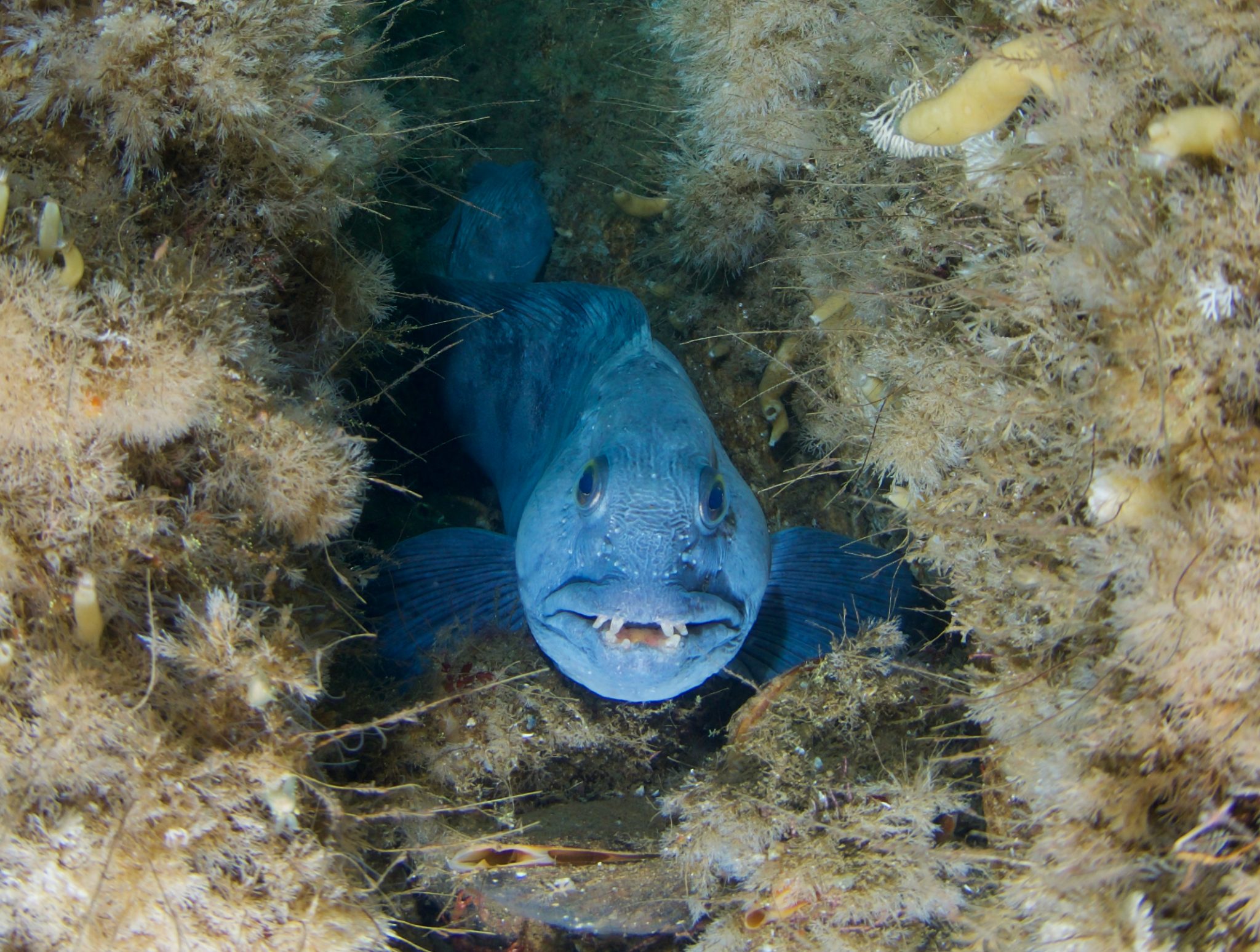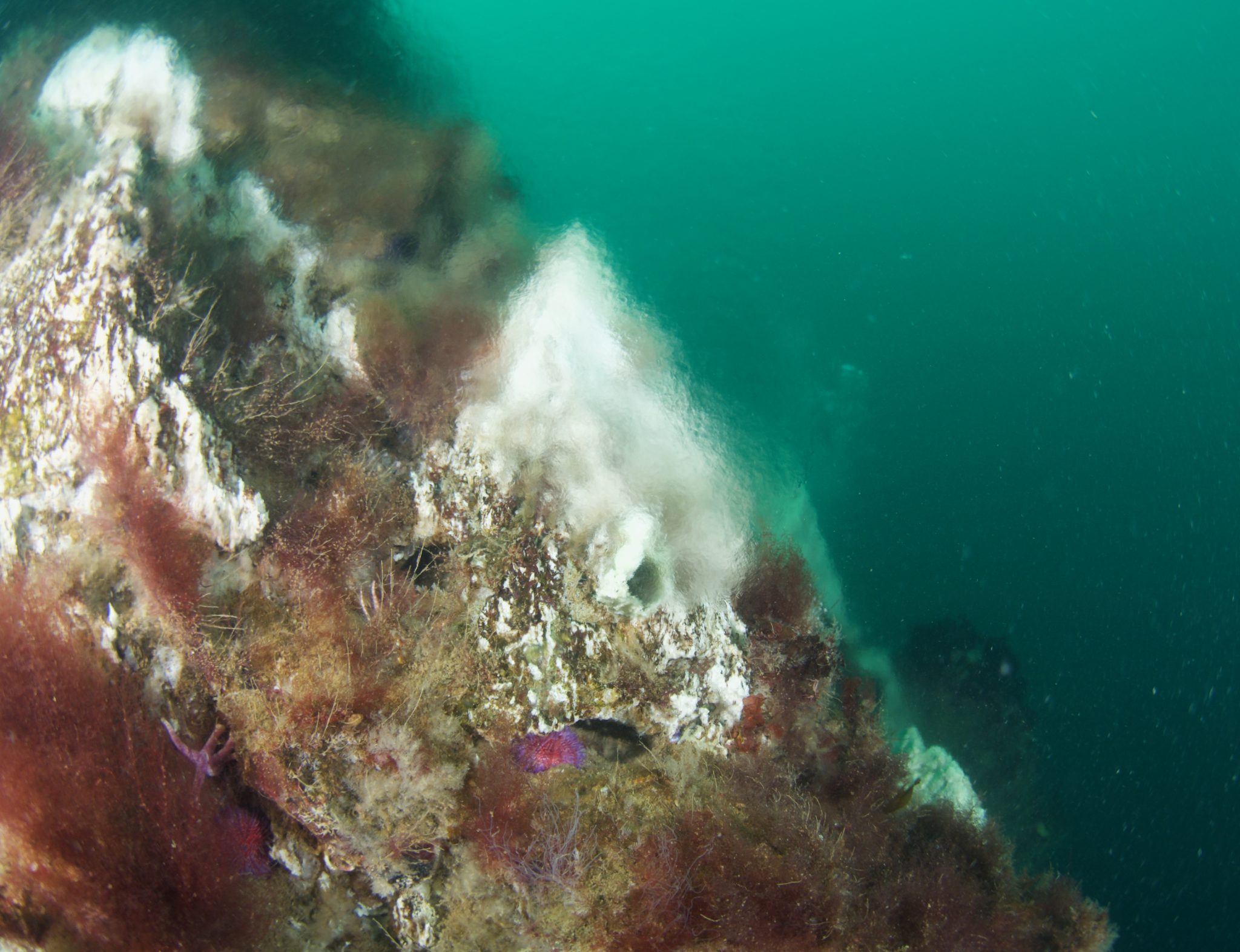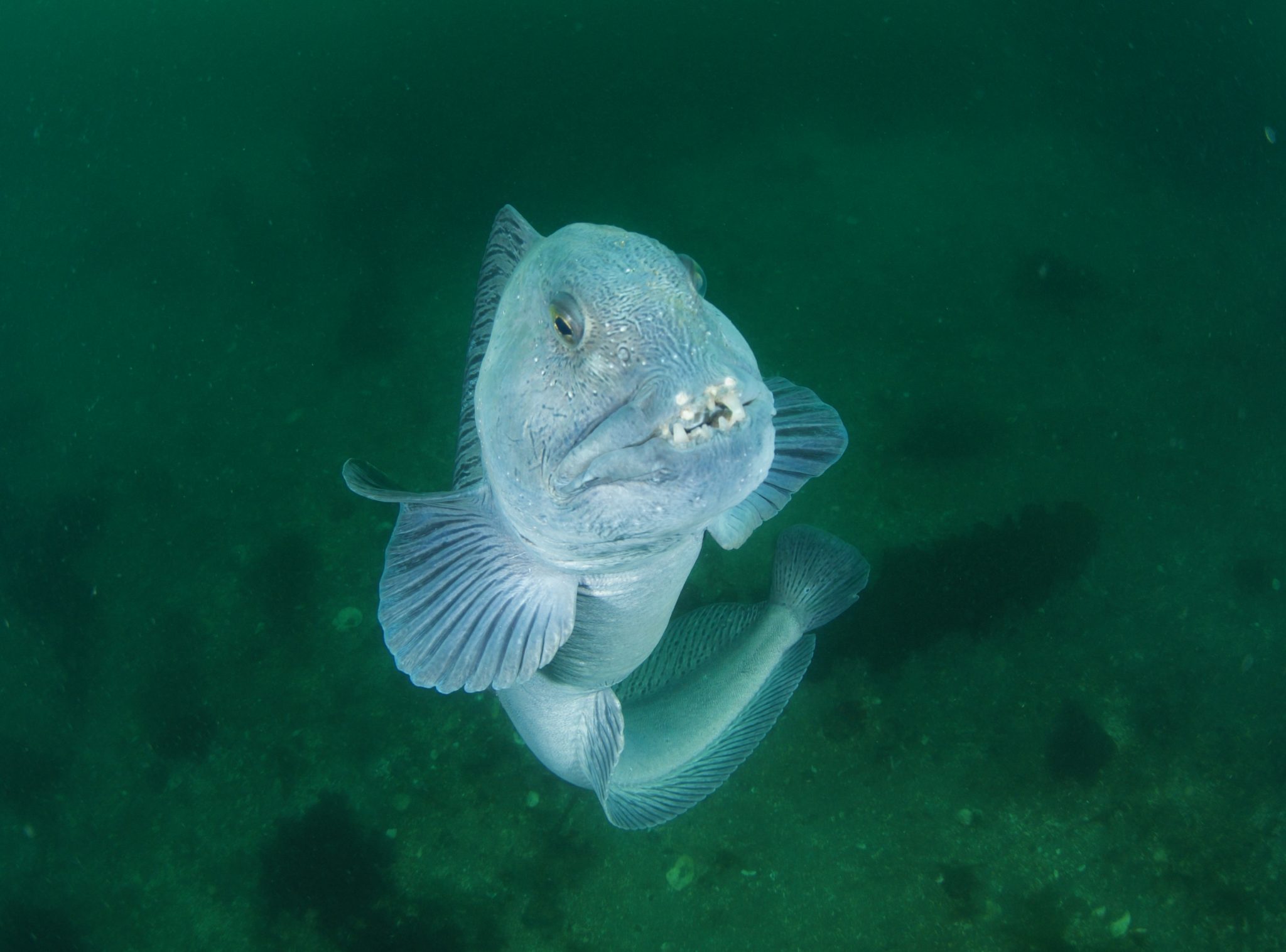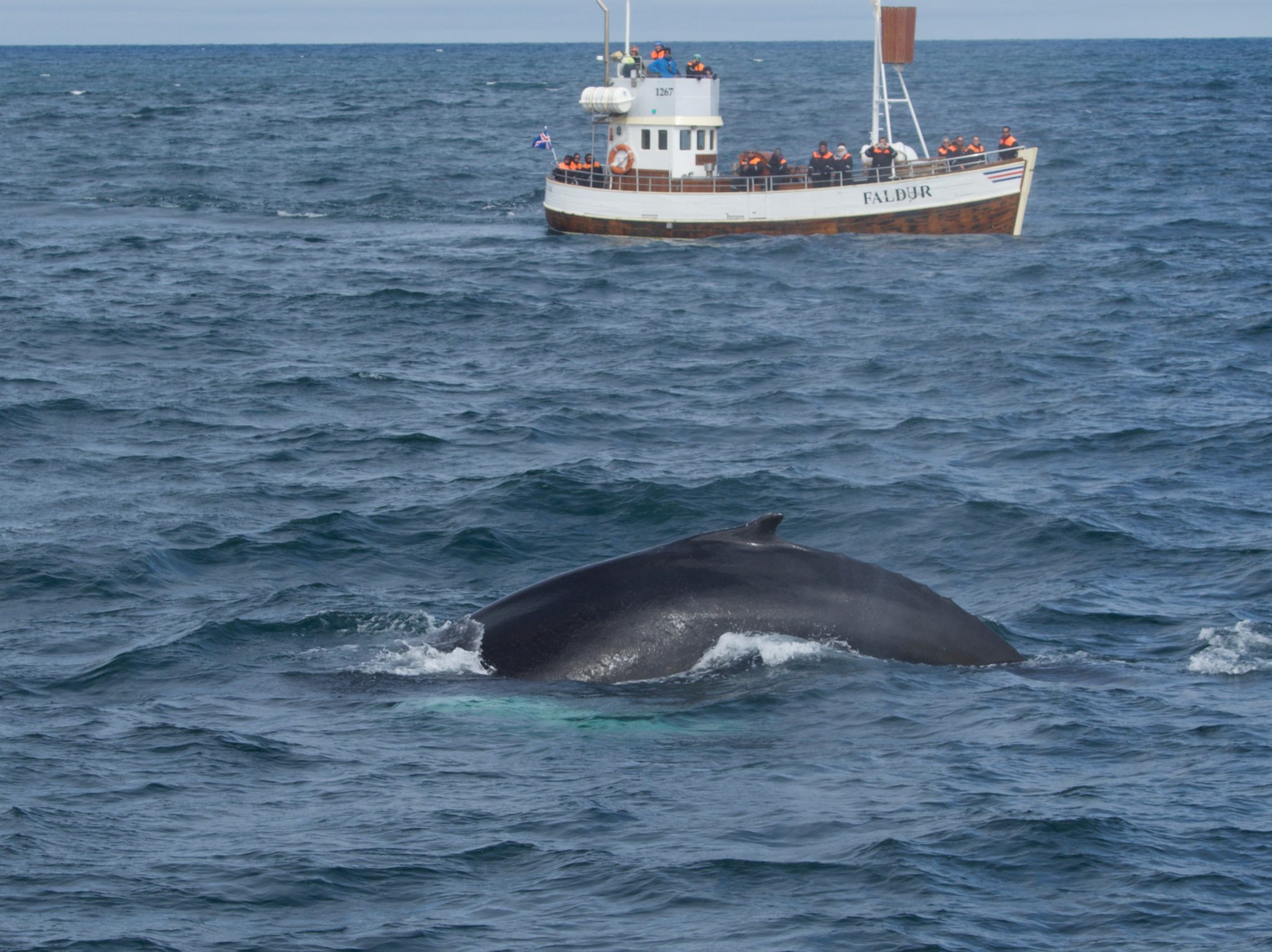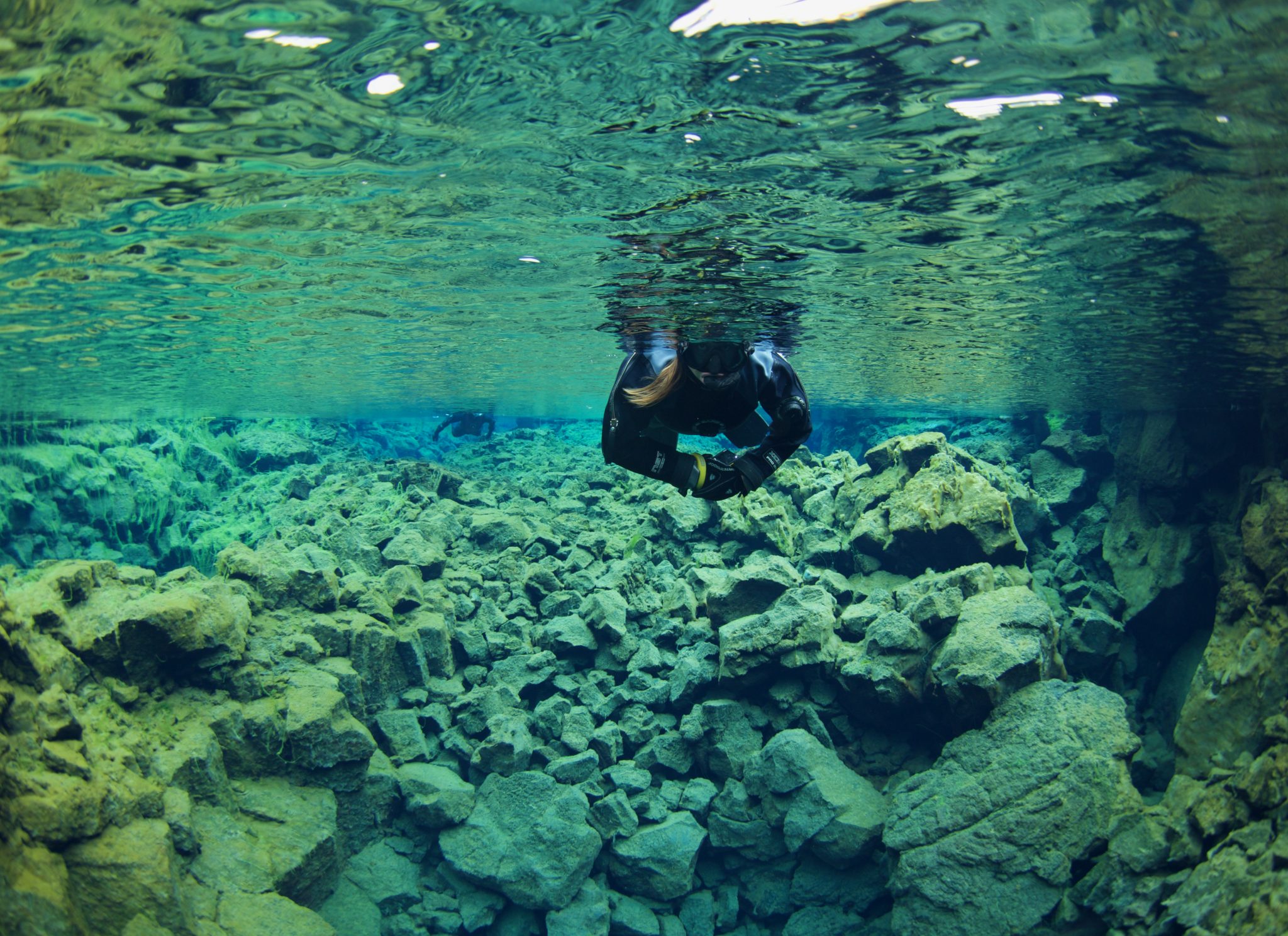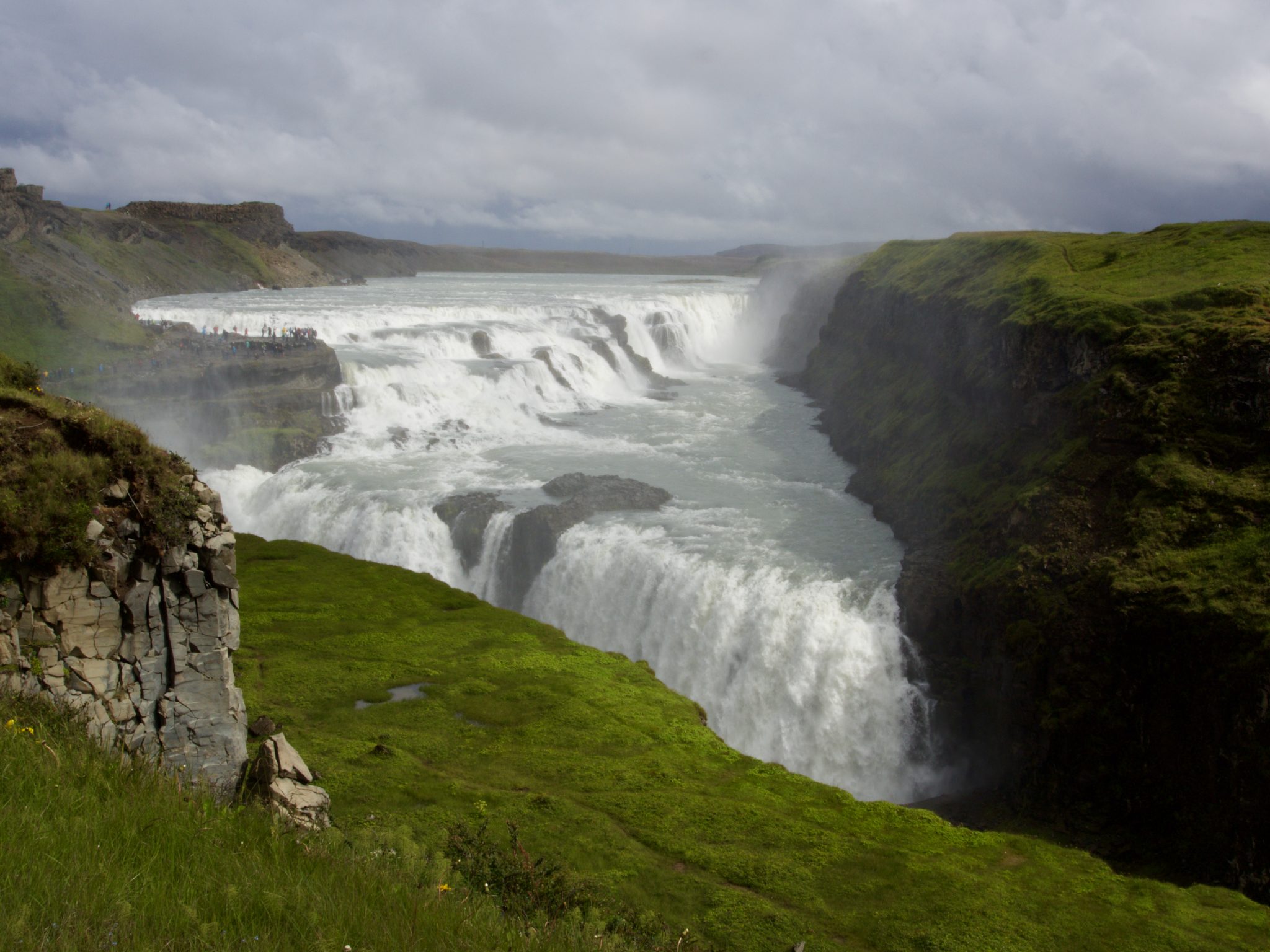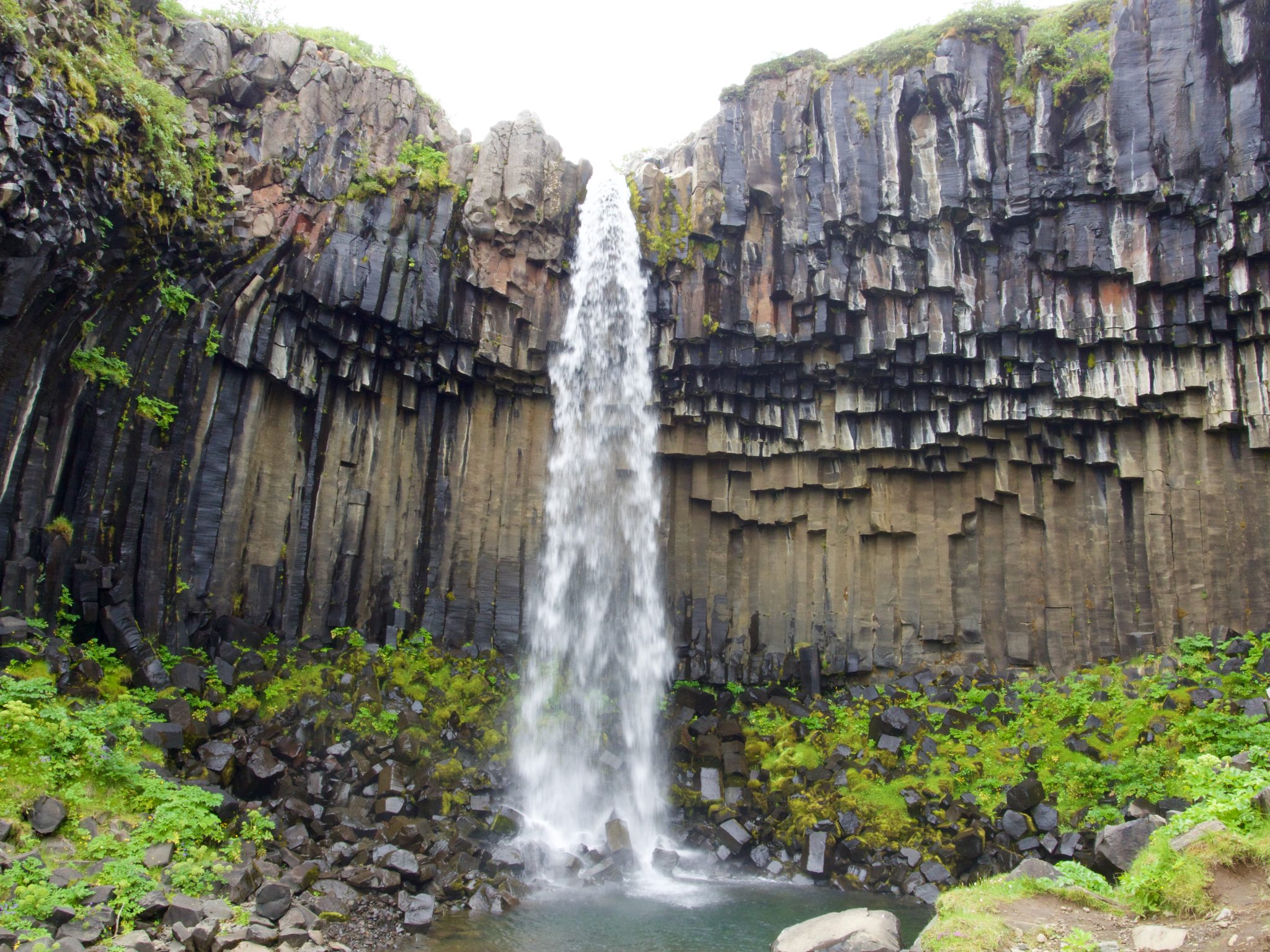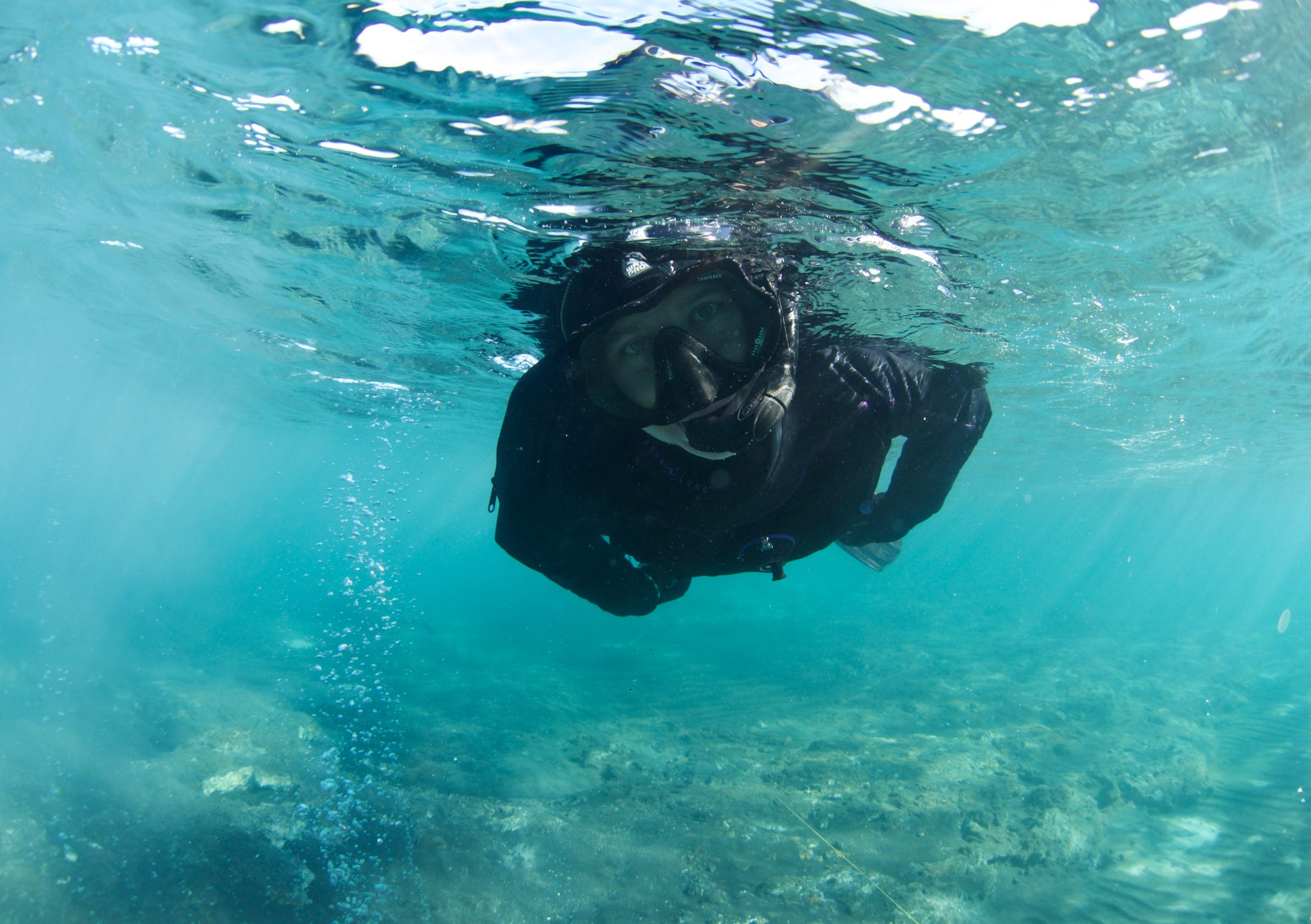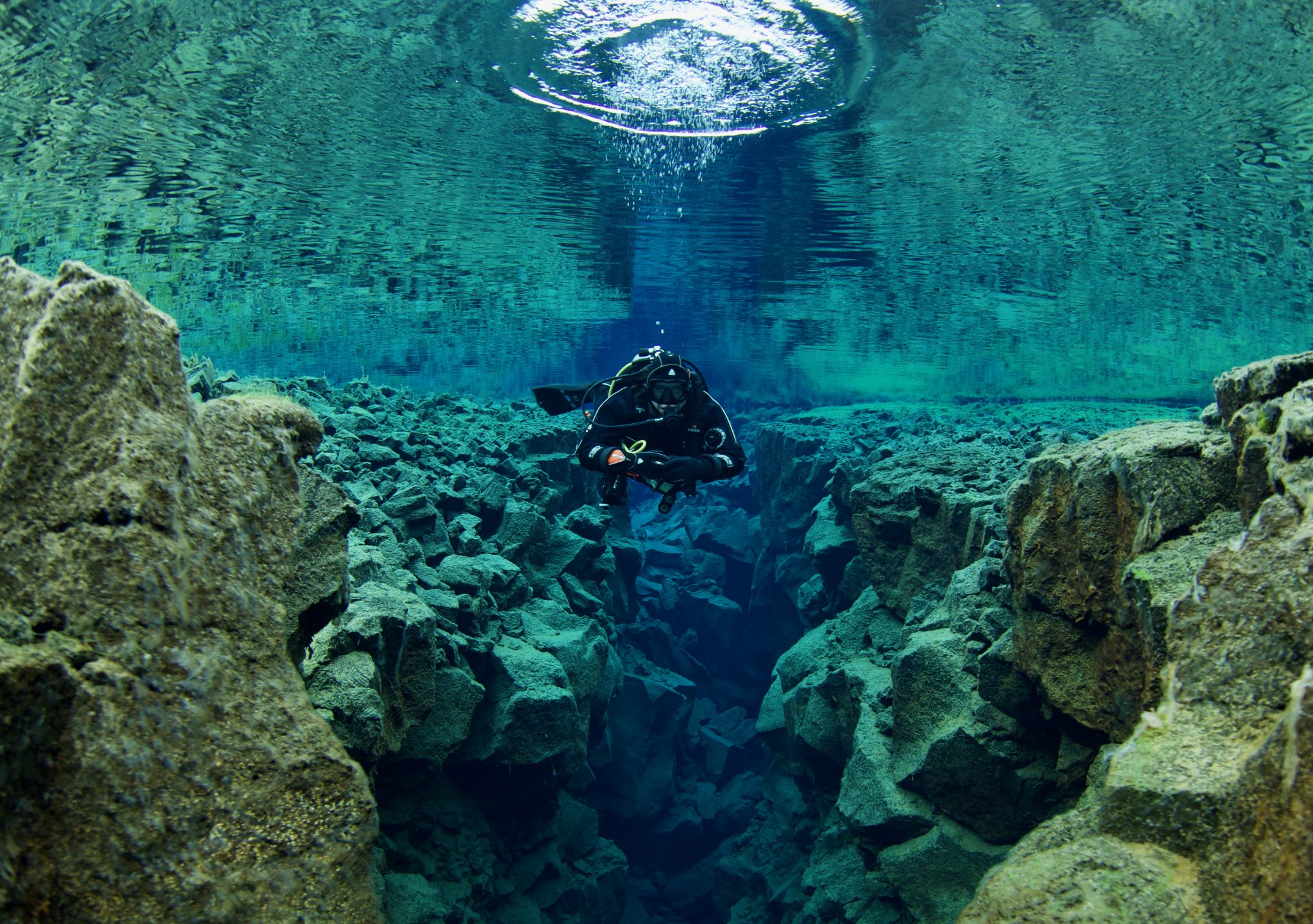

Overview
Fact File
| Capital | Reykjavík |
| Population | 345,393 |
| Languages | Icelandic |
| Time | GMT |
| International Dialling Code | +354 |
| Currency | Icelandic króna, íkr. Credit cards accepted everywhere. |
| Tourist Board | www.visiticeland.com |
| International Airports | Keflavík International Airport (KEF) |
About The Diving
Diving in Iceland offers a unique experience where you can dive in 2 degree water in the morning and bathe in a 38 degree geothermal pool in the afternoon. The geologically active landscape provides dive opportunities rarely found elsewhere.
Iceland’s best known dive site is Silfra, a natural freshwater-filled fissure, close to Reykjavík. It is by far the most dived site in the country and has become a bucket list dive for many divers. Other fissure dives include Davíðsgjá, also in Thingvellir, it is a deeper, darker version of Silfra. Bjarnagjá on the Reykjanes peninsula (30 – 40 minutes from the capital) and Nesgjá in the north. Well off the beaten track in the Highlands, is the Tears Of Odin dive site; with gin like waters, blue hues and stunning visibility.
Geothermal dives include Kleifarvatn, Rekjanes peninsula, a lake where geothermal gases rise from the floor of the lake, creating bubbly waters that create the illusion of swimming through champagne. In the North, Akureyri Fjord is home to Strýtan dive site. Strýtan is a geothermal underwater chimney. Similar to the well-known “black smokers” found in very deep oceans, Strýtan is at recreationally diveable depth, an experience unique in the world.
Iceland also has plenty of shore diving, the best on the Reykjanes peninsula is Garður, meaning garden in Icelandic. It has a wonderful variety of marine algae and kelp beds, home to wolfish, monkfish, scorpionfish, crustaceans and much more. The Westfjords have several shore and boat dives to see the local marine life and wrecks. To the East, the fishing village of Seyðisfjörður has a wreck of the British oil tanker and supply ship El Grillo.
Dive Highlights
Silfra, Thingvellir National Park
Silfra is 45 minutes drive northeast of the capital, in Thingvellir National Park. The park straddles the boundary between continental plates (with the North American plate to the west and a part of the European plate to the east). The dive site of Silfra is one of many fissures in the valley floor between the continental plates and is filled with crystal clear glacial spring water.
The water here stays a constant temperature of 3-4 degrees Celsius year round and the visibility is often in excess of 100 meters. Silfra is also the most accessible of dive sites, making it a good option of you are on a multi activity trip.
Strýtan, Akureyri Fjord
Strýtan is a diveable hydrothermal vent, unparalleled in the world. Strýtan has been a protected natural reserve since 2001. The top of the pinnacle is at 15m and the bottom is at approximately 70m. Hot freshwater at 72°C pours out of this giant spire from numerous vents on the chimney, at a rate of 100l every second! Strýtan was formed over 10000 years ago and apparently the chimney is still building. The chimney is also covered in crustaceans and anemones, and schools of cod are regularly seen.
The second smaller hydrothermal feature, known as “Little Strýtan”, is an underwater hill made up of smaller chimneys in around 25m. This is often home to more life than Strýtan and gives lots of photo opportunities with the very friendly local wolf fish. Humpback whales are commonly seen in Akureyri Fjord and can be seen from the dive boat. The dive centre even has a hot tub by the shore where you can relax and whale watch with an after-dive beer.
When To Go
Iceland has much to offer year round. The daylight varies hugely between summer and winter with 20hours of daylight in mid-summer and just 4hours in mid-winter.
Summer time is best for accessing a range of dive sites. The weather is warmer and more predictable in summer.
Many sites will not be accessible to dive in winter months. However Silfra is accessible year round if this is your goal and winter gives the opportunity to see the northern lights.

